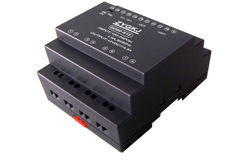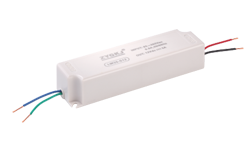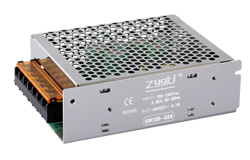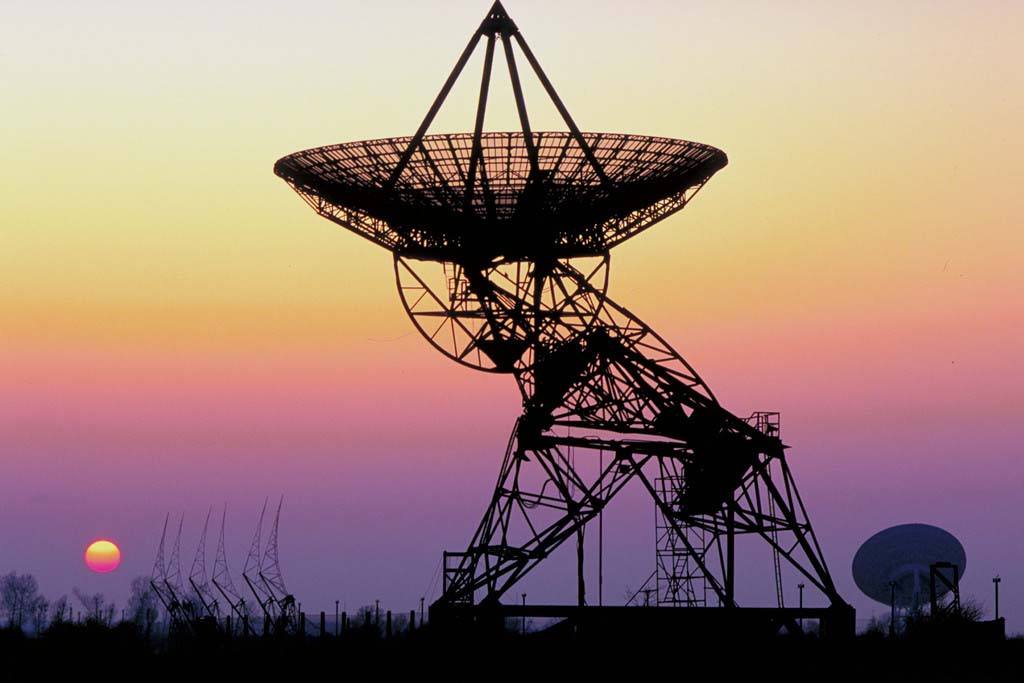বাতৰি
Exploring the Electric Power Series: A Journey through the World of Energy
Author: ZYG Power Module Time: 2023-8-25
Electricity plays a vital role in our daily lives. From powering our homes and businesses to enabling transportation and communication, electricity is an essential component of our society. The Electric Power Series aims to take readers on an enlightening journey through the captivating world of energy, shedding light on the various aspects of electricity generation, distribution, and consumption.
Chapter 1: The History of Electricity
To truly appreciate the significance of electricity, we must first delve into its fascinating history. Starting with the ancient Greeks’ discovery of static electricity to Benjamin Franklin’s famous kite experiment, this chapter explores the key milestones that led to the development of electricity as we know it today. From the advent of electric power plants to the invention of the light bulb by Thomas Edison, every breakthrough brings us closer to understanding the immense potential of electricity.
Chapter 2: Generation of Electricity
This chapter delves into the diverse methods used to generate electricity. It explores traditional sources such as fossil fuels (coal, oil, and natural gas) and their environmental implications. Additionally, it discusses the growing prominence of renewable energy sources like solar, wind, hydro, and geothermal power. Readers will gain insights into the complex mechanisms involved in harnessing different energy sources to produce electricity efficiently and sustainably.
Chapter 3: Transmission and Distribution
Once electricity is generated, it must be transported from power plants to end-users through an intricate network of transmission and distribution lines. This chapter explores the infrastructure required for efficiently transmitting electricity over long distances and the challenges involved in maintaining a reliable grid. It also highlights the importance of substations, transformers, and smart grid technologies in ensuring the efficient delivery of electricity to consumers.
Chapter 4: The Role of Technology in Energy Efficiency
As energy consumption continues to rise, it becomes crucial to explore ways to improve energy efficiency. This chapter focuses on the role of technology in reducing energy wastage and optimizing electricity consumption. It introduces readers to smart meters, home automation systems, and energy-efficient appliances that enable users to monitor and control their energy usage effectively. Additionally, it explores the concept of demand response, highlighting how consumers can actively participate in managing electricity demand.

Chapter 5: The Future of Electric Power
The final chapter takes readers on a journey into the future of electric power. It discusses emerging trends in electric vehicles, energy storage systems, and decentralized energy generation. The chapter also explores the potential of renewable energy sources to transform the electricity landscape and reduce our reliance on fossil fuels. Furthermore, it delves into the concept of energy independence and the role of microgrids in ensuring reliable and resilient electricity supply.
Conclusion:
Exploring the Electric Power Series: A Journey through the World of Energy offers readers a comprehensive understanding of the fascinating world of electricity. From its historical roots to its future potential, this journey through the various aspects of electricity generation, transmission, and consumption provides valuable insights into the importance of sustainable and efficient energy practices. By exploring this diverse realm, readers will gain a deeper appreciation for the vital role that electricity plays in shaping our lives and the world around us.
পূৰ্ৱবৰ্তী: Efficient AC to DC Converter for LED Lights: A 12V Solution
এটাৰ পাচৰ: Introducing the SP Series AC DC Converter: High-performance Power Conversion Solution
প্ৰাসংগিক তথ্য
-
2023-8-28
The Electric Power Series: Illuminating the World
Electricity has become an essential part of our daily lives. From powering our homes to fueling industries, electricity plays a crucial role in shaping the way we live, work, and interact with the world. The Electric Power Series, a revolutionary advancement in electrical technology, has been instrumental in illuminating the world. The Electric Power Series comprises a range of groundbreaking inventions and innovations that have revolutionized the generation, transmission, and consumption of electrical power. From the invention of the electric generator to the development of efficient transmission systems, this series has paved the way for the electrification of our society. The first major breakthrough in the Electric Power Series was the invention of the electric generator. In the late 19th...
সবিশেষ চাওক -
2023-11-4
DC to DC Power Supply Module: Efficient and Reliable Solution for Voltage Conversion
Introduction: DC to DC power supply modules are electronic devices that convert one DC voltage level into another. They play a crucial role in various electronic systems, where different voltage levels are required for proper functioning. These modules are highly efficient and reliable, making them an essential component in industries like telecommunications, automotive, aerospace, and renewable energy. Efficiency of DC to DC Power Supply Module: One of the key advantages of using a DC to DC power supply module is its high efficiency. These modules are designed to operate with minimal power loss during the conversion process. Unlike traditional linear regulators, DC to DC power supply modules utilize switching techniques, such as pulse width modulation (PWM) or frequency modulation (FM),...
সবিশেষ চাওক -
2023-5-10
AC-DC Power Supply Guide: The Basics of AC-DC Power Supply
AC-DC power supplies are essential components of many electronic devices that we use in our daily lives. They convert alternating current (AC) from a power source into direct current (DC) that can be used to power electronic circuits. The basic principle behind an AC-DC power supply is the use of a transformer to step down the voltage of the incoming AC power to a lower voltage that is suitable for the electronic device being powered. The transformer is followed by a rectifier circuit that converts the AC voltage into a pulsating DC voltage. This pulsating DC voltage is then filtered by a capacitor to produce a smooth DC voltage that can be used to power electronic circuits. The transformer used...
সবিশেষ চাওক -
2023-10-13
Fully Modular Power Supply: The Key to Efficient Cable Management
Efficiency is the key to success. This holds true for many aspects of our lives, including cable management in our electronic devices. One innovative solution to the tangled mess of cables is the fully modular power supply. A power supply is an essential component of any electronic device, providing the necessary electrical power to make it function. Traditionally, power supplies come with a fixed set of cables that connect to various components within the device. However, this can lead to a multitude of cables snaking through the system, causing impedance in airflow and hindering overall performance. The concept of a fully modular power supply aims to tackle this issue head-on. Unlike its traditional counterparts, a fully modular power supply allows...
সবিশেষ চাওক -
2023-7-4
Bidirectional DC-DC Converter: An Efficient Solution for Power Conversion and Energy Management
Introduction: The rapid growth of renewable energy sources and the increasing demand for efficient energy management have led to the development of advanced power conversion systems. Among them, bidirectional DC-DC converters have emerged as a promising solution for effective power conversion and energy management. This article explores the features, applications, and advantages of bidirectional DC-DC converters. 1. Key Features of Bidirectional DC-DC Converters: Bidirectional DC-DC converters are capable of transferring power bidirectionally between two energy sources or energy storage systems. They can convert energy from a high voltage source to a low voltage source or vice versa. These converters efficiently manage energy flow in both directions, enabling energy storage, grid integration, and seamless transition between power sources. 2. Applications of...
সবিশেষ চাওক -
2023-4-14
AC-DC Converter: Converting Alternating Current to Direct Current
An AC-DC converter, also known as a rectifier, is a device used to convert alternating current (AC) to direct current (DC). This is an important process as many electronic devices require DC power to operate. In this article, we will discuss the working principle, types, and applications of AC-DC converters. Working Principle: The working principle of an AC-DC converter is based on the fact that diodes conduct current in only one direction. A diode is a semiconductor device that allows current to flow in one direction but blocks it in the opposite direction. The basic AC-DC converter circuit consists of four diodes connected in a bridge configuration called a full-wave rectifier. When an AC voltage is applied to the input...
সবিশেষ চাওক


















